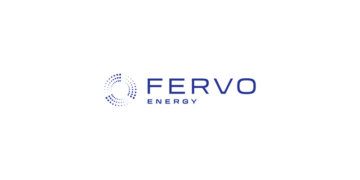San Diego-based startup Nanome has developed a virtual reality (VR) application that is helping scientists, doctors, and researchers explore new ways to combat COVID-19. Through the app, the startup licenses its technology to scientists in their research of diseases and pharma companies aiming to design new drugs.
R&D of new molecular compounds is expensive, with development costs exceeding $10 billion per substance in some cases. The cost includes the need to closely examine every relevant molecule, studying its chemical composition and interactions as well as its physical structure at the atomic level.
VR App helps control cost & produces better results
Nanome uses virtual reality to solve the problem of high costs. Nanome is the brainchild of CEO and founder Steve McCloskey, who has spent considerable time at the nanoengineering program at UC San Diego. McCloskey gauged the need for a better understanding of three-dimensional molecular structures.
Nanome wants to establish the benefits of VR for scientists. It has raised $3 million earlier this year, buoyed in part by new exigency for drug development amid the COVID-19 pandemic.
“Without VR, it is difficult to comprehend the three-dimensional of a protein,” said Andrey Kovalevsky, a senior R&D scientist at Tennessee’s Oak Ridge National Laboratory. Kovalevsky’s team is doing research on one of the many unresolved mysteries surrounding the coronavirus, which is how to terminate one of the viral proteins that would stop the virus from reproducing.
Nanome’s VR app is used by Kovalevsky not just for COVID research, but also while designing antidotes against nerve agents and pesticides. During the COVID-19 pandemic, Nanome’s platform was used to assess candidate molecules’ ability to bind viral proteins in 3D.
McCloskey believes that Nanome’s platform has become more relevant during the COVID-19 pandemic, as researchers are forced to work remotely, limiting their access to in-lab technology and software. “Nanome helps scientists get on the same page quicker,” he said.
With a few clicks on Nanome’s VR menu, researchers can view a huge model of the main protease of the virus, officially called SARS-CoV-2. The protease, an enzyme that slashes other proteins and helps in the virus’ replication, is the main subject of COVID research. Nanome allows researchers to see and manipulate molecules in three dimensions, develop chemicals atom-by-atom and simulate the ways proteins move.
































